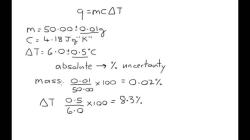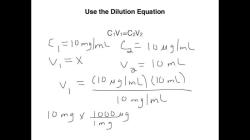What is the radius of the surface of the water?
The surface of water, whether in a pond, lake, or container, exhibits fascinating properties. In this article, we'll explore how to calculate the radius of a water surface and delve into some of its key properties.
Calculating the Radius of Water Surface
The surface of water in a container or body of water can often be approximated as a perfect circle. To calculate the radius (r) of the water surface, you can use the formula:
Surface Area (A) = π * r^2
Rearranging the formula to solve for the radius:
Radius (r) = √(A / π)
Where:
- A is the surface area of the water
- π is the mathematical constant pi (approximately 3.14159)
- r is the radius of the water surface
Properties of the Water Surface
The surface of water exhibits several interesting properties:
1. Surface Tension
Water molecules at the surface are more attracted to each other than to the air above, creating a "skin-like" tension known as surface tension. This property allows small objects to float on the water surface.
2. Capillary Action
Capillary action is the ability of water to climb against gravity in narrow spaces, such as a thin tube. It occurs due to the cohesion and adhesion of water molecules.
3. Meniscus Formation
The curved surface formed at the edge of a liquid, such as water, in contact with a solid container is known as the meniscus. The shape of the meniscus depends on factors like adhesion and cohesion.
4. Reflection
The water surface acts as a mirror, reflecting light and objects above it. Calm water surfaces provide clear and undistorted reflections.
5. Ripples and Waves
Disturbances in the water surface create ripples and waves. These patterns occur due to various factors, including wind, gravity, and objects interacting with the water.
6. Evaporation and Condensation
The water surface is a site for both evaporation and condensation. Water molecules at the surface gain energy from the surroundings and transform into vapor during evaporation. Condensation occurs when water vapor in the air comes into contact with the cooler water surface and returns to a liquid state.
7. Gas Exchange
The water surface is where gas exchange between the water and the atmosphere takes place. Oxygen from the air dissolves in water, while carbon dioxide from the water is released into the air.
Conclusion
The surface of water is a dynamic interface with unique properties. Understanding how to calculate the radius of the water surface and appreciating its properties enhances our knowledge of water's behavior and its essential role in various natural processes.












